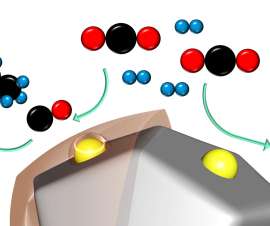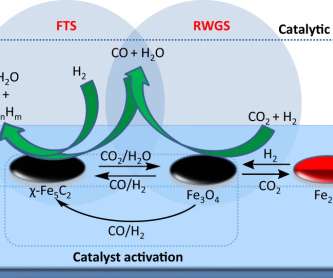Novel tin-based metal–organic frameworks for reducing carbon dioxide to formate
Green Car Congress
JUNE 5, 2023
Researchers from Tokyo Tech have developed a tin-based metal–organic framework (MOF) that can photocatalytically reduce carbon dioxide (CO 2 ) into formate under visible light. The ongoing demand for carbon-rich fuels to drive the economy keeps adding more carbon dioxide (CO 2 ) to the atmosphere. —Prof.













































Let's personalize your content